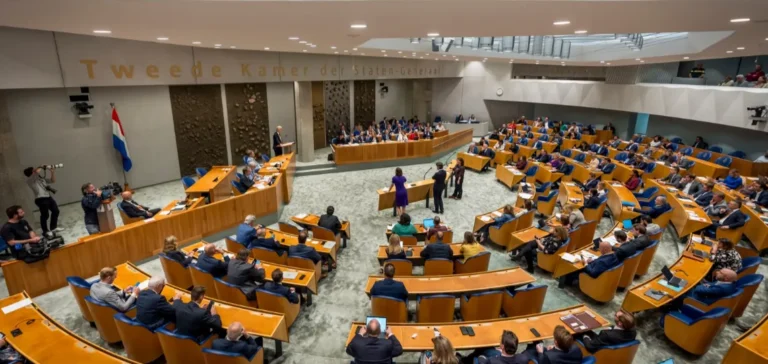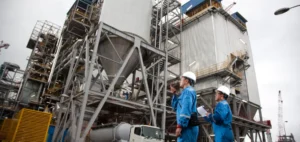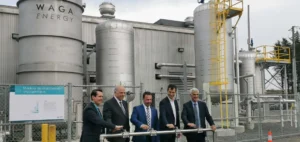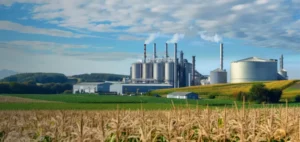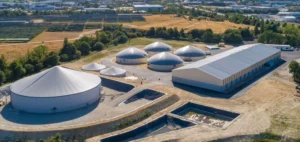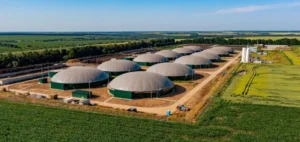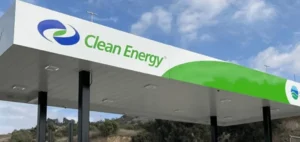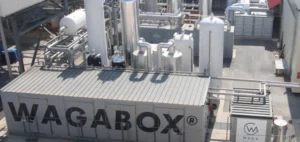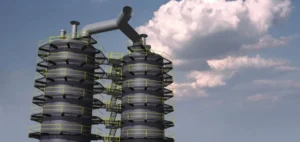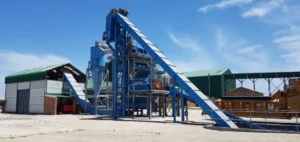The Dutch House of Representatives approved the adoption of the European Union’s Renewable Energy Directive, known as RED III, during a parliamentary session held on October 2. The vote, which included the approval of several specific amendments, provides a path for full transposition of the directive ahead of the EU’s target date of January 1, 2026.
Extended targets and new obligations
One of the main amendments extends the legislative targets from 2030 to 2035, while introducing an annual review of the mandate to ensure alignment with other EU member states. The State Secretary also committed to introducing a two-petajoule sub-target for the direct use of green hydrogen, in addition to existing biofuel blending requirements.
A motion was also adopted to assess the feasibility of mass balancing for bio-LNG (liquefied natural gas). In addition, an amendment clarified which types of bioethanol qualify under RED III by linking Combined Nomenclature code 2207 10 00 to eligible volumes. This measure aims to favour domestically produced undenatured ethanol within Europe, currently subject to a duty of EUR192/m³ versus EUR102/m³ for imported denatured ethanol.
Final approval path and Senate role
The directive now moves to the Dutch Senate, or Eerste Kamer, for final review. Three procedural options are under consideration: a swift adoption without written input, a plenary debate, or a written question phase. As no further amendments are permitted at this stage, the legislation remains on track to be enacted into law by year-end.
The lower house vote has strengthened market confidence in the transposition timeline. However, uncertainty persists in neighbouring key markets such as Germany and Belgium, where parliamentary discussions have yet to be concluded.
Market reaction and pricing developments
While the Dutch vote sent a broadly bullish signal, particularly for advanced biofuels subject to a minimum 5.5% sub-target under RED III, immediate price shifts in the spot market have remained moderate. The legislation also introduces more ambitious greenhouse gas reduction targets and ends existing double-counting incentives, which could exert upward pressure on prices over the medium term.
According to market data, RD-A was assessed at $2,586.25/mt on October 3, a 0.64% increase week on week. RD-B settled at $2,470.75/mt, up 2.27% or $54.75/mt, creating a $115.50/mt spread between the two products. Some traders noted the market remains cautious pending confirmation of timelines in other major consuming countries.


